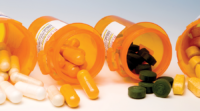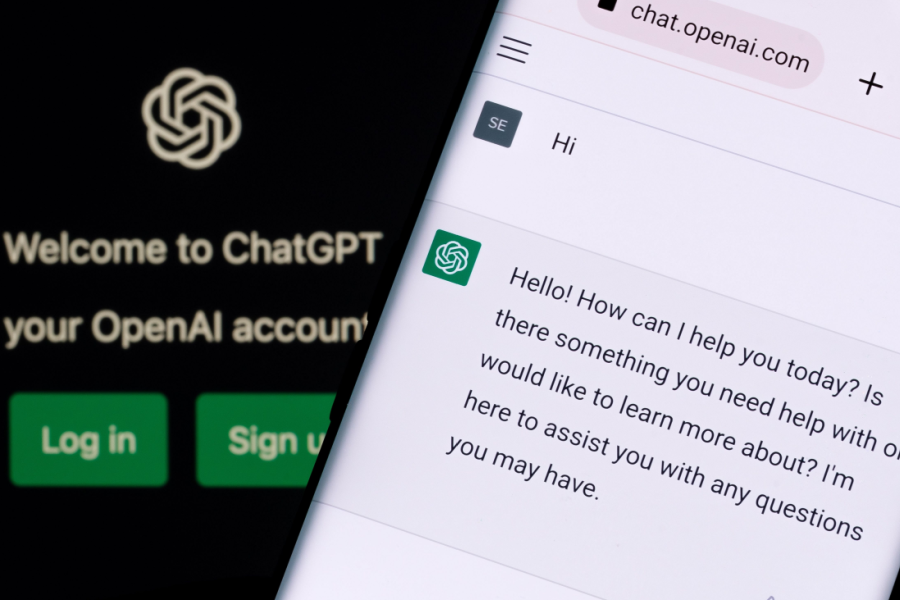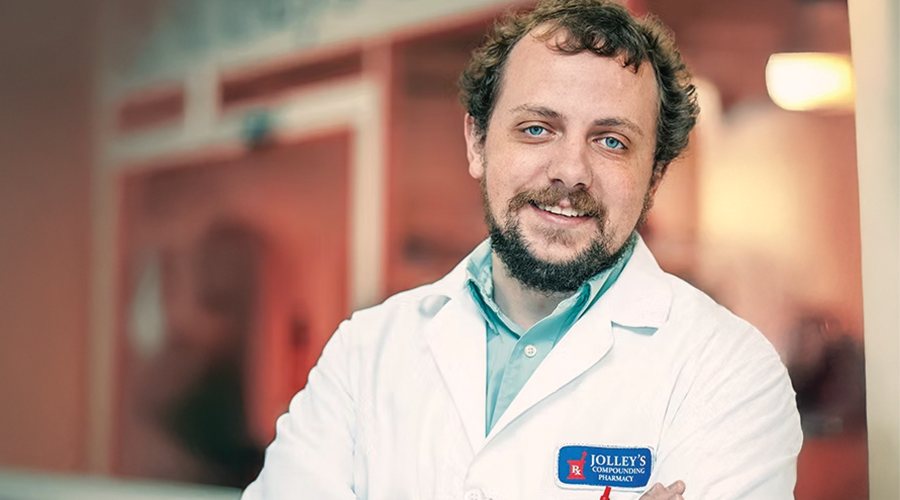There are currently 420 certified HIV Pharmacists nationwide. We talked with Ken South, director of credentialing for the American Academy of HIV Medicine, about what it takes to get certified and why it’s important.
What are the requirements for a pharmacist to pursue certification?
There are two major eligibility requirements. First is the experience requirement. You have to be a licensed pharmacist and have graduated from a recognized pharmacy school. You also need to be in contact or in charge of a minimum of 20 patients with HIV.
The other part of it is the didactic or the CME eligibility requirement. You have to have at least 30 hours of CME activities related to HIV over the last 24 months. We accept any accredited CME, as long as it’s related to HIV. So, a pharmacist could take a course on pharmacology, blood pressure, diabetes or lung problems. As long as they’re related to HIV, we would accept them.
If a pharmacist is interested in becoming certified, what’s the first step?
The first step is to read the information on our website. There are five tabs across the homepage, and one of them is Credentialing. Under that, you’ll see several pages of information. There’s also a tutorial that goes through the exam step by step, and that’s helpful to a lot of people. The credentialing enrollment window is April 15 to July 11, so it’s closed for this year, but it will follow a similar period of time next spring.
How much does the exam cost?
If you’re a member of the academy, the online version is $270 and the paper version is $360. The non-member online price is $330 and the paper version is $420. And of course we point out that now that the exam is valid for three years, it makes it cheaper each year.
At the end of three years, what’s the process for renewing certification?
The credential is active for 36 months and then at the end of that time, to remain credentialed, you have to take a new exam. The exam is updated each year and is completely rewritten every three years. HIV is still a fairly fast-moving target, especially in terms of pharmacology, so we always wait until after the yearly CROI (Conference on Retroviruses and Opportunistic Infections) to update the exam.
What are some of the benefits for a pharmacist to obtain this certification?
It definitely shows that they have an expertise in HIV treatment. Also, once pharmacists become certified, they go on our referral list; it’s a national HIV provider database. It’s free and it’s a good way of advertising and getting more patients to that pharmacy. Also, for some people, becoming certified is a personal challenge. They want to make sure that they’re up to date with what’s going on in HIV medicine.
Do you think there is a need for more certified HIV pharmacists?
Yes. As far as total number of pharmacists, there is a very small number certified. But with the expansion of HIV care and especially with the expansion of the Affordable Care Act, more and more people are getting involved in HIV medicine who hadn’t been involved before. So, yes, there is a growing need for HIV specialist pharmacists.
For more information about becoming a certified HIV Pharmacist, visit www.aahivm.org.
A Member-Owned Company Serving Independent Pharmacies
PBA Health is dedicated to helping independent pharmacies reach their full potential on the buy-side of their business. Founded and owned by pharmacists, PBA Health serves independent pharmacies with group purchasing services, wholesaler contract negotiations, proprietary purchasing tools, and more.
An HDA member, PBA Health operates its own NABP-accredited secondary wholesaler with more than 6,000 SKUs, including brands, generics, narcotics CII-CV, cold-storage products, and over-the-counter (OTC) products — offering the lowest prices in the secondary market.












